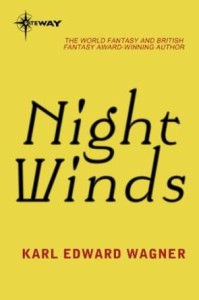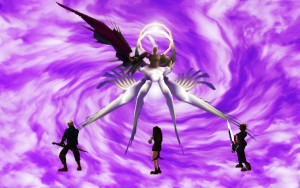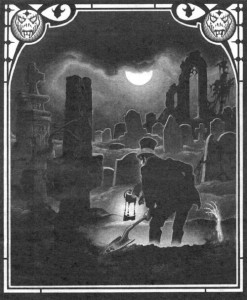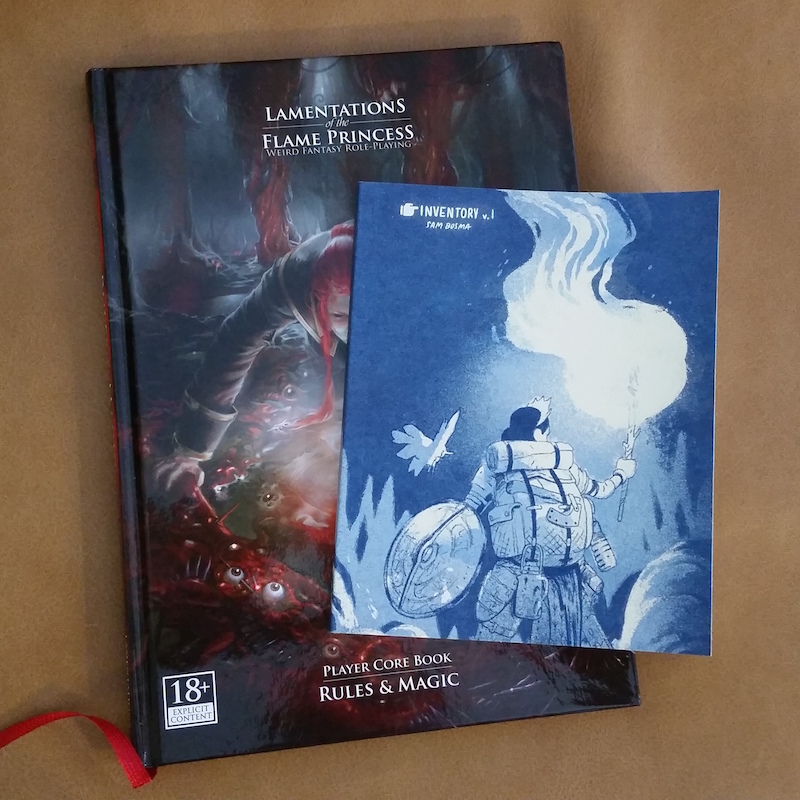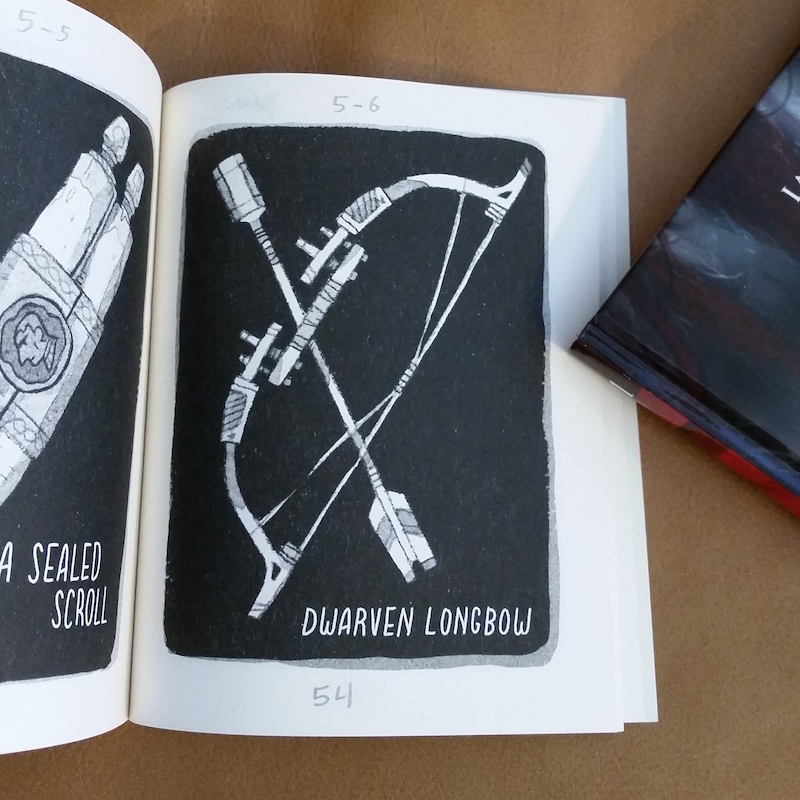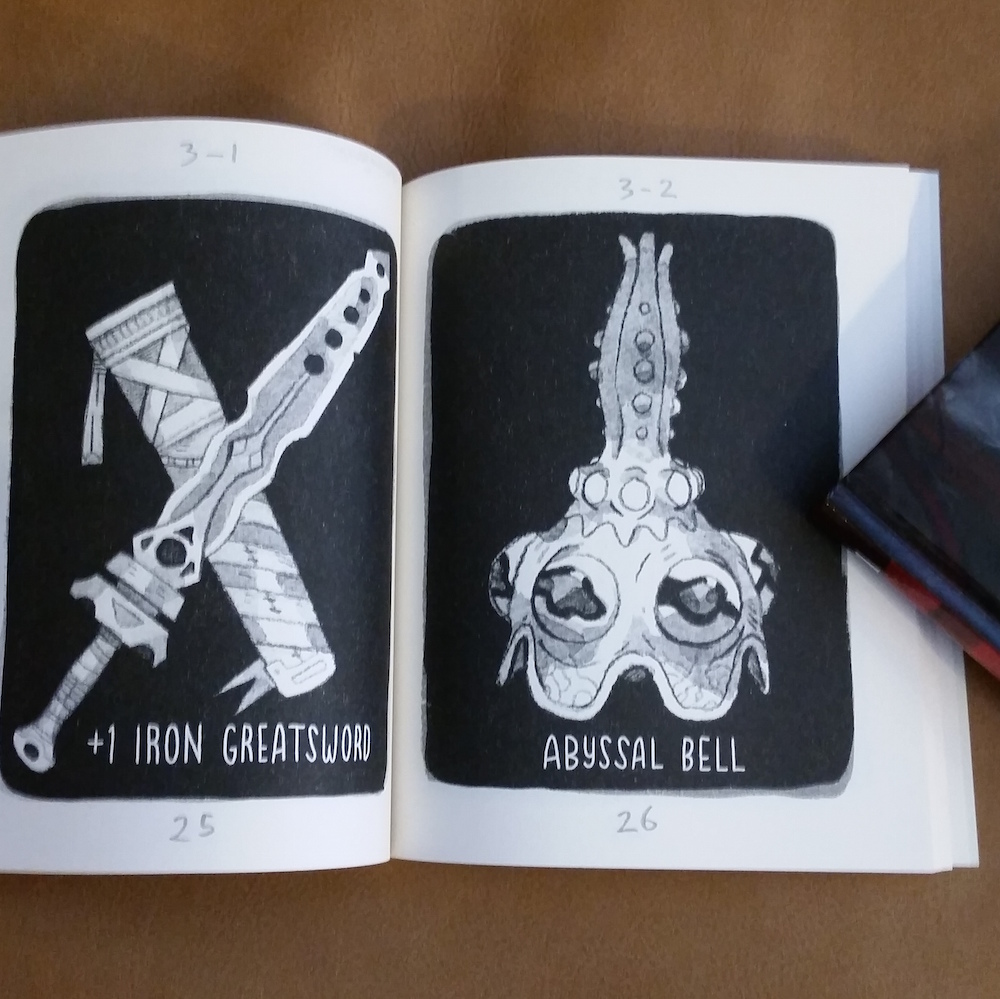In the old books of magic, learning was esoteric. Magicians immersed themselves in study and long practice. Through gradual enlightenment, a magician was able to work their will upon reality, sometimes unearthing lost secrets, sometimes creating new formulas. Those who wanted an easier way, the oath-breakers, bargained away their humanity or the souls of others and welcomed other powers into the world. Wiser (or perhaps more cautious) thaumaturges petitioned divinity for a sliver of power in return for furthering an aspect’s ideal. The many principles of creation thus ebbed and flowed with the strength of mortal devotion.
Then, during the Grand Conjunction, the First Copernican Magister called forth in service all the spirits of hell and heaven at the top of a great great tower constructed as key to the divine mystery. On that day, many suns rose. The night following lasted for a week and skies hosted strange bodies. The Magister opened a spiritual door through which to welcome a divine legion. However, the Magister’s calculations were incomplete or the beings invoked were beyond mortal comprehension. Whatever entered the world that night consumed the Magister. Shadowy giants stepped from this door at the top of Conjunction Tower and were seen walking across the mountainous skyline. The great door remains open.
Magicians and their coteries were not the only ones affected by the Grand Conjunction. In one place, a wolf shaman may have called upon the strength of her patron spirit and rather than the expected rush of hunger and rage, found herself staring eye to eye with the god itself. The aspects of divinity, once abstract and distant, now are clothed in newly wrought flesh, still wracked with birthing pain and half blind in the weak light of constrained ontology. Their new home is strange and confusing, but they remain comparatively the greatest beings across the folds of time and space. The gods are like children walking in a garden of insects, crushing mortals mistakenly or maliciously, cultivating them like prismatic butterflies, surprised at the pain when sometimes stung or bitten.
After the loss of the First Magister, his students scattered from the tower across the land. Some are now mad. Others drive before them chained gods and angels. Many found their way to the old kingdoms of the listless lowlands. With their god powers they defeated the old authorities, and founded the new Copernican Sovereignty.
The Copernican Sovereignty is governed by a class, the Elect, that attempts to subdue and exploit this newly conjoined reality. Elect Citizenship requires demonstration of chained divinity. The ruling families and guilds of the Copernican Sovereignty hand down the god-binding and divinity extraction secrets. The Sovereignty is a loose confederation, led by the Copernicus Prime, a general with ultimate authority but limited to a single five year term. The Prime has no power over law. This power is reserved to representative gatherings of the Elect. While the Sovereignty is not explicitly expansionistic, in practice its influence has slowly spread beyond the lowlands despite the dangers of rogue gods escaping captivity and laying waste to mortal towns before fleeing into reality warped refuges based on their ideal, but now embodied, aspects.

